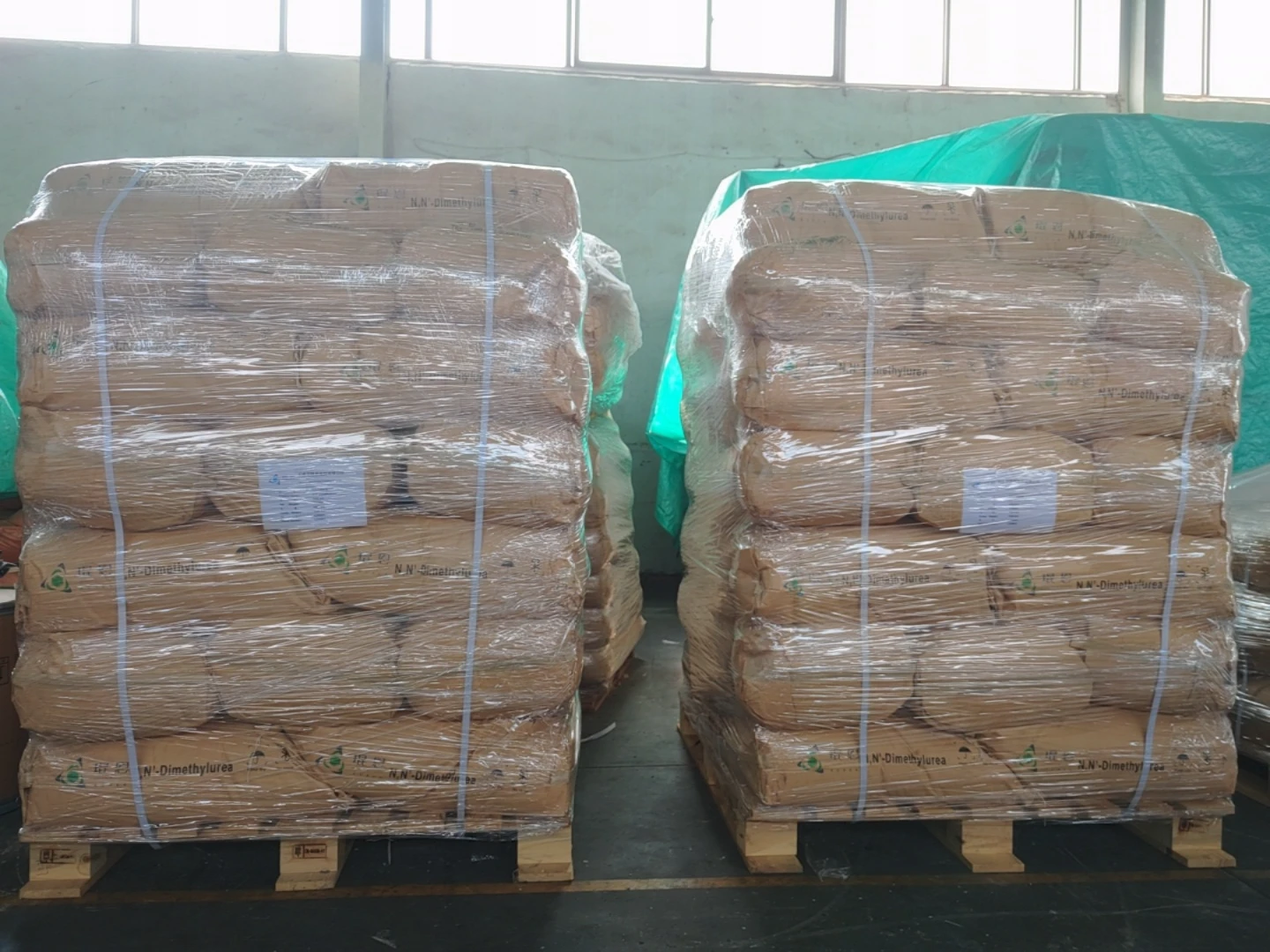Physico-Chemical Treatment of Wastewater
Wastewater treatment is an essential process for protecting the environment and public health. Among the various techniques employed to treat wastewater, physico-chemical methods play a crucial role in removing contaminants effectively. These methods leverage physical and chemical processes to eliminate suspended solids, organic matter, nutrients, and hazardous substances, making treated water suitable for discharge or reuse.
Physico-chemical treatment processes can be categorized into several key methods, including coagulation, flocculation, sedimentation, filtration, and advanced oxidation processes
. Each of these methods is designed to target specific contaminants present in wastewater.Coagulation and Flocculation These two processes are often used in tandem to enhance the removal of suspended particles. Coagulation involves adding chemical agents, known as coagulants, to the wastewater. These agents promote the aggregation of small particles into larger clusters, called flocs. Common coagulants include aluminum sulfate and ferric chloride. Once coagulation occurs, the next step is flocculation, where gentle mixing encourages the formation of larger flocs that can settle more easily. This combination is particularly effective in treating turbid waters, as it enhances the removal of solids and reduces the load on subsequent treatment processes.
Sedimentation Following coagulation and flocculation, the wastewater is directed to a sedimentation tank. Here, the larger flocs settle to the bottom due to gravity, forming a sludge layer. The clarified water, or supernatant, is then collected from the top for further treatment or discharge. Sedimentation is a crucial stage, as it significantly reduces the concentration of suspended solids and other pollutants.
physico chemical treatment of wastewater

Filtration After sedimentation, filtration can be employed to further purify the water. This process can involve various filter media, such as sand, gravel, or activated carbon, to remove remaining particulate matter and organic substances. Filtration not only enhances water clarity but also helps in reducing the biological oxygen demand (BOD) and total suspended solids (TSS).
Advanced Oxidation Processes (AOPs) For the removal of more resistant organic pollutants and pathogens, advanced oxidation processes are becoming increasingly popular. AOPs generate highly reactive radicals that can degrade organic compounds effectively. Techniques such as ozonation, ultraviolet (UV) irradiation combined with hydrogen peroxide, and Fenton’s reagent (a mixture of hydrogen peroxide and iron salts) are examples of AOPs that can treat difficult-to-remove contaminants.
The effectiveness of physico-chemical treatment methods is influenced by several factors, including the characteristics of the wastewater, the choice of chemicals used, and the operating conditions. For instance, the pH, temperature, and concentration of contaminants must be carefully controlled to optimize the coagulation process. Moreover, the integration of physico-chemical treatment with biological processes can enhance overall treatment performance.
In conclusion, physico-chemical treatment of wastewater is a versatile and efficient approach for pollutant removal. By employing techniques such as coagulation, flocculation, sedimentation, filtration, and advanced oxidation, treatment plants can effectively reduce contaminants, protect natural water bodies, and promote sustainable water resource management. As regulatory standards become increasingly stringent and the demand for clean water grows, the importance of these treatment methods will continue to rise. Investing in research and development of innovative physico-chemical technologies will play a vital role in advancing wastewater treatment practices for a healthier environment.

